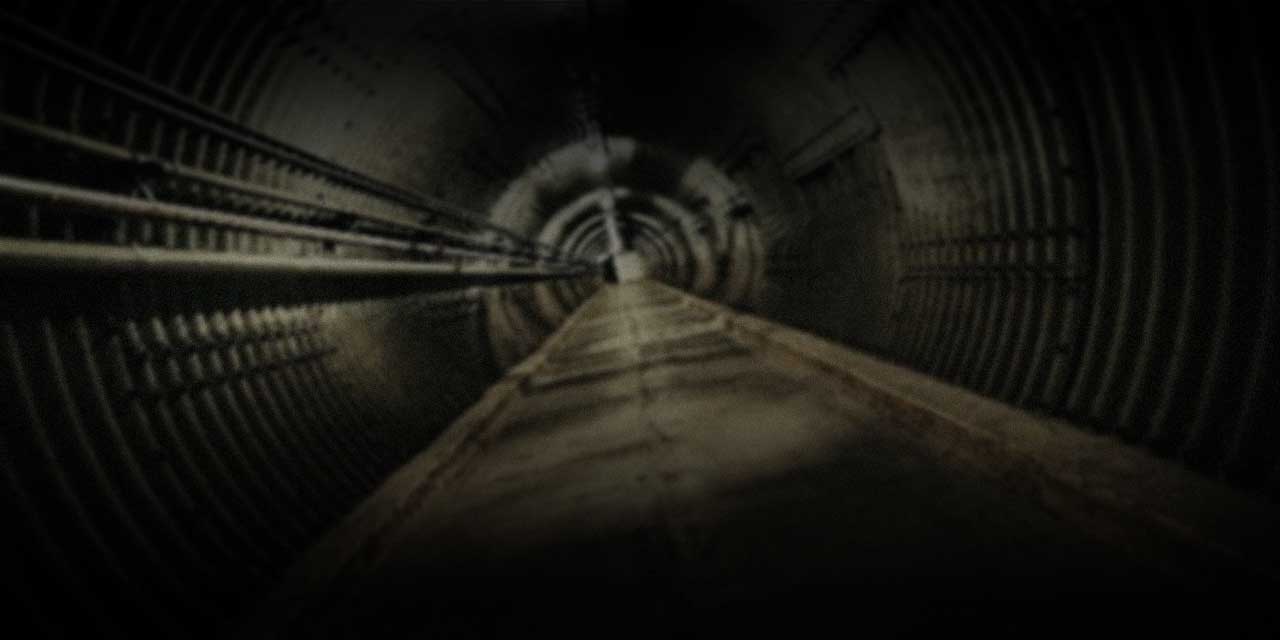Publisher:
dV Giochi
Designers:
Martino Chiacchiera, Silvano Sorrentino
Artists:
Alberto Bontempi
Languages:
Italian, English & many others (French announced)
# of Players:
1-6 (5 max in my opinion)
Age:
12+ (10+ in my opinion)
Duration:
60 min
BoardGameGeek References:
Game Design & Mechanics
  |
| Images from the Print & Play demo |
- Of all the Escape Room simulations I've seen, Deckscape is probably the most straightforward. It's a deck of cards (hence its clever name), nothing more. No app for your phone, no extra components.
- The game typically works like this: you read what's on the very top of the deck, out loud. If it's a puzzle, the whole group can look at that card, discuss, and try to figure it out.
- Once you think you've figured it out (or you've just given up), you can flip the card and validate your answer. If you've failed to figure it out, you add an "X" marker to your game tally. You then move on to the next card.
- Some of the cards you'll encounter along the way are "items" that you put in a separate pile. Items might be needed to solve future puzzles, and if at some point you try solving a puzzle for which you're still missing the right item, you'll get an extra "X" and won't be able to proceed until that item has been found.
- "But wait!", astute readers might object, "How could we be missing an item if all we do is digging through a deck of cards?!" Well, at some point in the game you'll have to split that deck into several. (For instance, you might be instructed to make cards 15-20 into a pile without looking at them, then 21-25 into another, and so on.) That allows for concurrent paths and non-linear puzzle solving.
- Upon reaching the end of the game, you'll be given instructions on how to combine your play time and all those Xs into a final score. The final assessments are usually lumped into three buckets (great, good, not good). Clearly this is meant to be more about the journey than the destination.
- The deck also includes a couple cards with hints. You look up the card number you're currently stuck on, and a hint message is written in reverse lettering. There are no specific constraints or penalties regarding hint usage.
  |
| Images from the Print & Play demo |
Pros
- Obviously, these games are the easiest to carry with you. Their Dutch name is "Pocket Escape Room", and indeed they can easily fit into a pocket.
- They can also be played pretty much anywhere. It's the only escape game I could picture being played in the car, at the beach, and so on.
- They're also the least expensive, at least based on their MSP.
Cons
- My major complaint against Unlock! can pretty much be reused verbatim here. Even though the Deckscape cards are oversized, much bigger than Unlock's or EXIT's, it's still hard for players to huddle around the same card.
- The puzzles' difficulty seems to be fluctuating a lot. This is especially true in "Fate of London", where some puzzles are a lot harder than others. "Test Time" seems more evenly calibered.
- In spite of the "sub-deck" method I described above, the game still seems a lot more linear than it needs to be.
House Rules & Suggestions
Should you play this and want to compare your performance with friends, I suggest you do the following:
- 5 players max
Six is a bit too much to fight over a few cards. - 2 minutes per hint
Every time you look up a hint, add some marker (say, an "H") along with your Xs. At the end of the game, every H adds another 2 minutes. If you get an ending that lets you remove more Xs than you got, you can remove Hs instead. - 15 extra minutes in "The Fate of London"
That one's just too hard. Even with that proposed bonus, my own team still fails.
- Deckscape Demo (Free Print-and-play)
- Test Time
- The Fate of London
- Heist in Venice
- The Mystery of Eldorado
- Behind the Curtain
- The Curse of the Sphinx
- Escape From Alcatraz




















